
Not to be confused with the nearby Yangnyeongsi herb market (약령시, 藥令市), the Yangnyeongsi Oriental Medicine Cultural Center (약령시한의약문화관) of the same name celebrates the centuries-long history of the market. Although there is little English to read inside the museum, there's enough English available to gain an appreciation of both the medicine and history. In fact, the Lady in Red and I found ourselves drawn in by a lot of interactive stuff I've not seen in other museums. Above is a 약요엔 (yakyoen), a tool used for grinding or squeezing herbs.
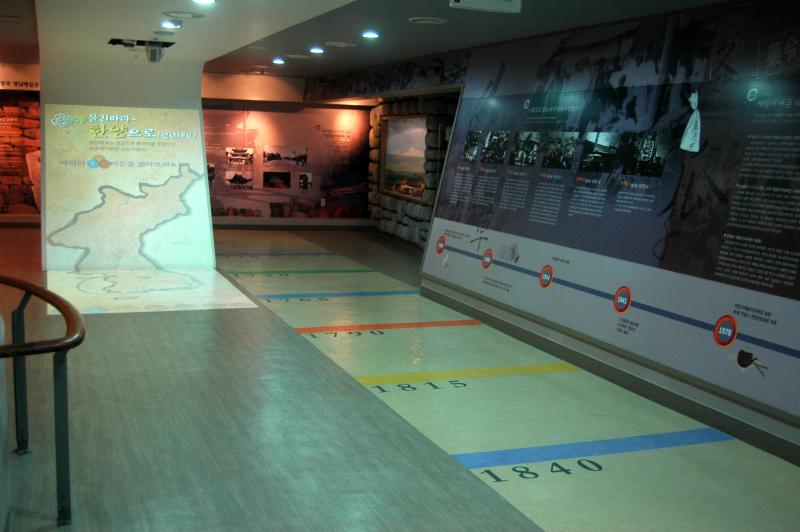
Start by heading up to the third floor, where you'll be welcomed and offered a brochures. The first main room showed a miniature version of how Yangnyeongsi looked in the past, along with a projection of Korea showing the trail taken to transport herbs from this part of Daegu to present-day Seoul.
Yangnyeongsi's history goes back over 350 years. Turn back the time machine to 1658, the 9th year of King Hyojong of the Joseon Dynasty. The market now known as Yangnyeongsi was opened in Gyeongsan Gamyeong (the "supreme local government office") within the Daegu Eupseong (fortress) by Im Ui Byeok, the governor of the area. Although the market was originally open a month in the spring and fall, the market sent herbs to Manchuria, Mongolia, Vietnam, Germany, the UK, and elsewhere.
Fast-forward to 1908, when the market was moved to its current location. By the time 1941 rolled around, the Japanese Governor-General of Korea did not allow Yangnyeongsi to open over concerns that the market supplied funds to the independence movement. In 1978, the Yangnyeongsi Herb Medicine Festival started up as the Yangnyeongsi Preservation Committee was established in an effort to save this area's heritage.
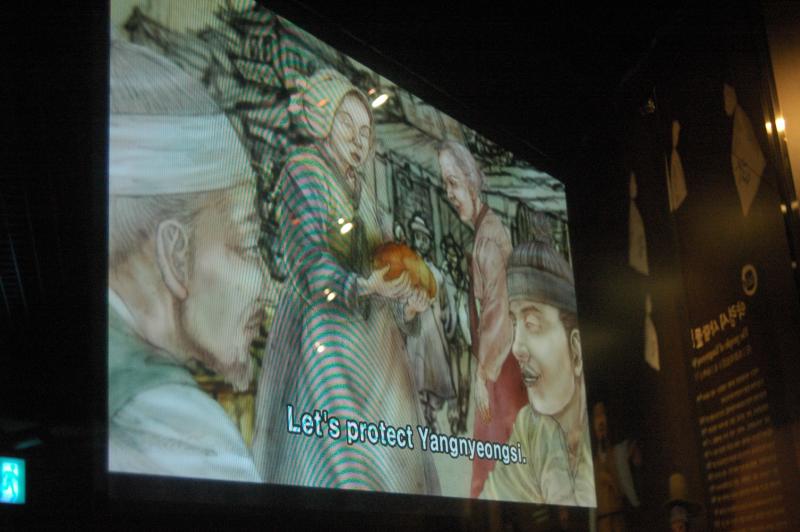
A number of videos showed a pretty nice computer animation of different historical scenes - with subtitles in four languages. The propaganda-laced story showed a number of Korean freedom fighters fighting the Japanese to keep this market open.
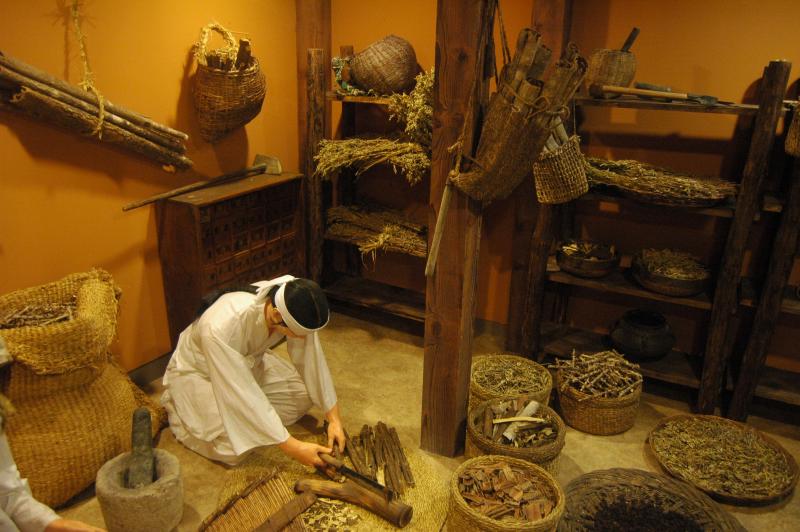
Though there were no signs in English (or any other language), the brochure explained this area to be a recreation of Yakjeon Golmok Street from the 1910's, including a dispensary, a gaekju (a hotel, and the center of distributing medicine), and a jumak (an inn for a short rest). This scene seemed to be a sort of store - again, no signs to explain things.

This was a bit more foreigner-friendly - showing stories of how four different herbs saved the day, or even someone's life. Giving some nice information about the herbs themselves, it definitely stimulated some interest in learning more about using herbs to get healthy.

Recipes? Diagnosis and treatment logs? The only signs were in Korean, so it's a bit difficult to tell. Not pictured in this area were some artifacts and some boxes containing herbs you could smell.
Head down to the second floor for a 'hands-on' experience:

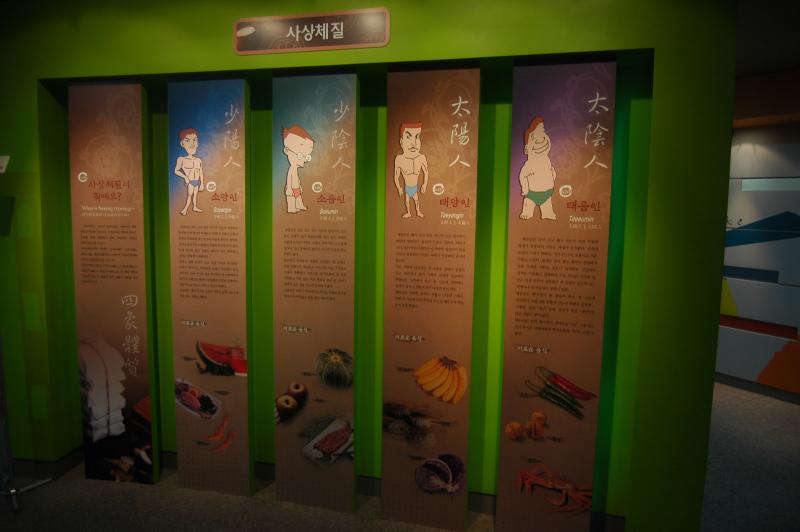
An introduction to Sasang typology - a medicinal theory that sorts people into four body types. In theory, these four body types have different physical characteristics, process food differently, and have different medical needs. An electronic touch screen helps you figure out which kind you are with a few 'yes or no' type questions.
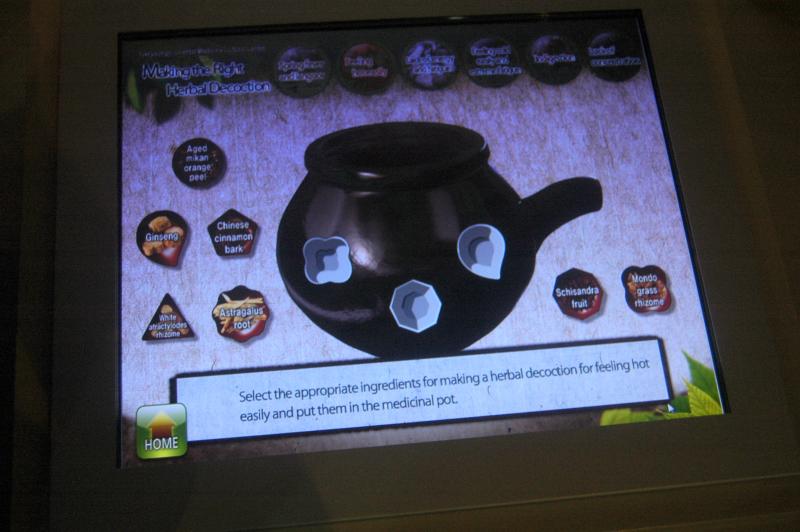
Another electronic touch-screen showing the herbs needed to help with a number of ailments. A few boxes on the wall (not pictured) showed off some herbs, although all of the information was in Korean.
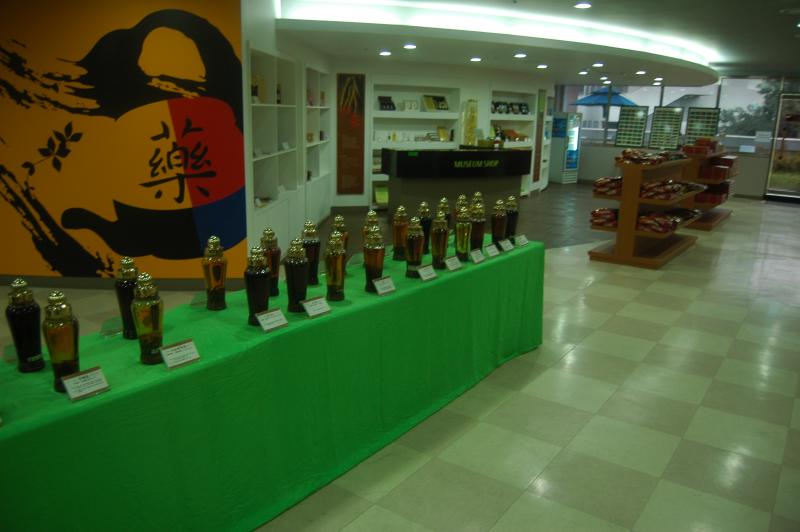
After a standard height/weight scale and blood pressure check, we found ourselves in what might be called a souvenir shop. Plenty of ginseng products and other 'well-being' things for sale, although I didn't see anything that couldn't be found elsewhere.
If you're unfamiliar with herbal medicine as it's seen in Korea, this is a good introduction to answer 'why' and 'how'. The propaganda that mentions 5,000 years of history gets a bit old, however, and much of 'Oriental medicine' comes from China - not exactly a proud Korean heritage. Come here first before venturing into any of the herbal medicine shops that line the nearby streets - at least then you'll have a chance to ask an intelligent question about the raw materials you see before you.
One final note: there is a disconnect between this center and the rest of the Yangnyeongsi herbal market. While the center has touch screens featuring four languages, I've seen little to indicate the market shops speak or understand anything other than Korean. If you're looking to purchase anything, writing down the Korean name (or sketching out the Chinese characters) would be beneficial.
Directions to Yangnyeongsi Oriental Medicine Culture Hall: Get to Daegu (trains and buses galore find their way here). Once in Daegu, find your way to the Banwoldang subway station (lines 1 or 2 on the Daegu subway system). Find your way to exit 18 at the end of the underground shopping center, then head to street level. Take the first right, then walk about 200 meters past a number of herbal shops to a inlaid-stone road. Keep going straight, then look left.Ratings (out of 5 taeguks):
Ease to arrive:
Convenience facilities:
Worth the visit:
This post was originally published on my blog,Chris in South Korea. If you are reading this on another website and there is no linkback or credit given, you are reading an UNAUTHORIZED FEED.






 RSS Feed
RSS Feed
Recent comments